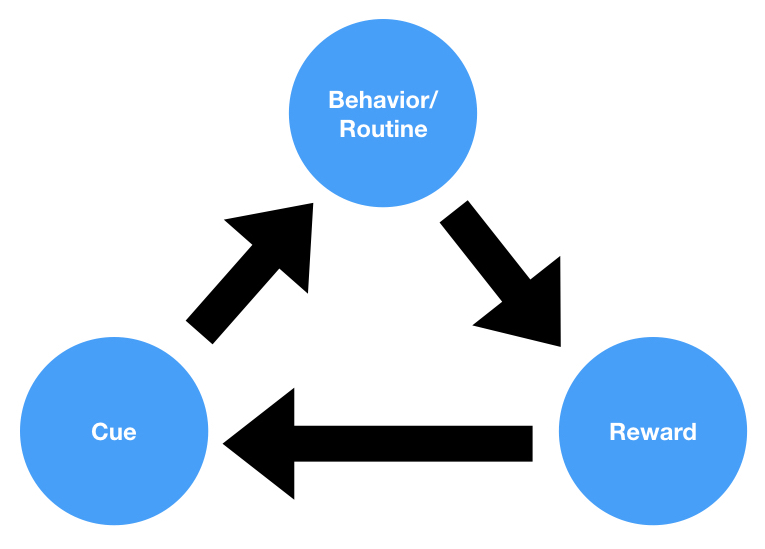What is SMART Goals?
SMART goals is an acronym that stands for Specific, Measurable, Achievable, Relevant, and Time-bound. It is a goal-setting framework used to create clear, well-defined, and attainable objectives. The SMART criteria help individuals and organizations focus their efforts, increase the likelihood of success, and promote motivation and commitment. By setting SMART goals, individuals can ensure that their objectives are clear, trackable, and realistic, which can lead to greater satisfaction and achievement. The SMART goals framework is widely used across various domains, including personal development, project management, and organizational planning.
Examples of SMART Goals
-
Personal Fitness Goal
A person aiming to improve their physical fitness might set a SMART goal to run a 5K race in under 30 minutes within the next three months. This goal is specific (running a 5K), measurable (in under 30 minutes), achievable (assuming the person has a reasonable fitness level), relevant (related to personal fitness), and time-bound (within three months).
-
Financial Goal
Someone looking to save money for a vacation might set a SMART goal to save $2,000 by cutting back on discretionary spending and putting aside $500 each month for the next four months. This goal is specific (saving $2,000), measurable (tracking monthly savings), achievable (through budget adjustments), relevant (to fund a vacation), and time-bound (within four months).
-
Professional Development Goal
An employee seeking to enhance their professional skills might set a SMART goal to complete a specific online course related to their field within the next two months. This goal is specific (completing the online course), measurable (course completion), achievable (assuming the course is accessible and compatible with their schedule), relevant (related to their professional development), and time-bound (within two months).
-
Organizational Goal
A company aiming to increase customer satisfaction might set a SMART goal to reduce customer complaints by 25% over the next six months through employee training and process improvements. This goal is specific (reducing customer complaints), measurable (by 25%), achievable (through targeted interventions), relevant (to customer satisfaction), and time-bound (within six months).
Shortcomings and Criticisms of SMART Goals
-
Overemphasis on Short-term Goals
One criticism of SMART goals is that they can lead to an overemphasis on short-term objectives, potentially neglecting longer-term strategic goals or broader visions. This short-term focus may limit innovation, creativity, or the pursuit of ambitious objectives.
-
Restrictive Framework
The SMART criteria can sometimes be perceived as restrictive, potentially limiting the scope or nature of the goals set. This may hinder the development of innovative, unconventional, or exploratory goals that could lead to breakthroughs or significant advancements.
-
Inflexibility
SMART goals can create a sense of inflexibility, as they are often tied to specific deadlines and quantifiable outcomes. This rigidity may not always be appropriate, particularly in dynamic or uncertain environments where flexibility and adaptability are crucial.
-
Not Always Applicable
While the SMART criteria are useful in many contexts, they may not be applicable or appropriate for all situations or types of goals. For example, certain personal, artistic, or spiritual pursuits might be difficult to quantify or constrain within the SMART framework. In these cases, alternative goal-setting approaches may be more suitable.




